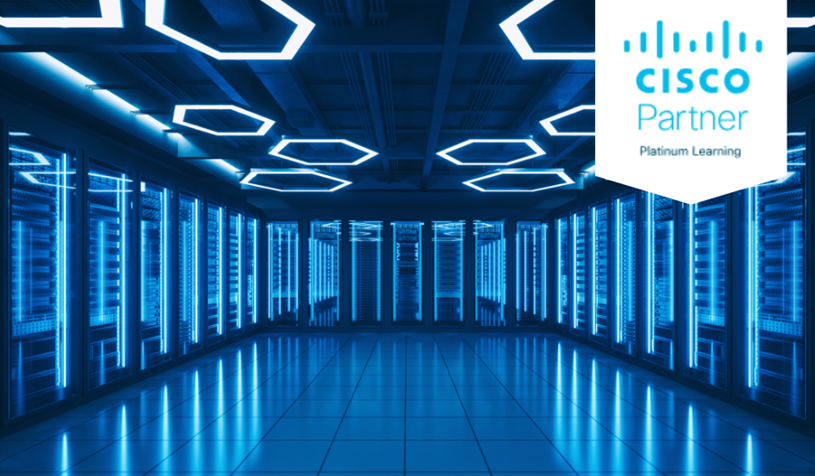Please note that this course is a combination of Instructor-Led and Self-Paced Study - 5 days in the classroom and approx 3 days of self study. The self-study content will be provided as part of the digital courseware that you recieve at the beginning of the course and should be part of your preparation for the exam. Lab access is provided for both the class and the self- study sections, lab access is valid for 60 hours or 90 days whichever is the shorter, so please ensure you exit the lab exercises when not in use.
This Learning Path prepares you for the Cisco Certified Network Associate (200-301 CCNA) v1.1 exam. If passed, you earn your Cisco Certified Network Associate (CCNA).
How You'll Benefit
This training will help you:
Learn the knowledge and skills to install, configure, and operate a small- to medium-sized network
Gain a foundation in the essentials of networking, security, and automation
Prepare for the 200-301 CCNA v1.1 exam
Earn 30 CE credits toward recertification
What to Expect in the Exam
Cisco Certified Network Associate (200-301 CCNA) v1.1 is a 120-minute exam associated with the CCNA certification. The exam tests your knowledge and skills related to:
Network fundamentals
Network access
IP connectivity
IP services
Security fundamentals
Automation and programmability
Labs
Get Started with Cisco CLI
Observe How a Switch Operates
Perform Basic Switch Configuration
Inspect TCP/IP Applications
Configure an Interface on a Cisco Router
Configure and Verify Layer 2 Discovery Protocols
Configure Default Gateway
Explore Packet Forwarding
Troubleshoot Switch Media and Port Issues
Troubleshoot Port Duplex Issues
Configure Basic IPv6 Connectivity
Configure and Verify IPv4 Static Routes
Configure IPv6 Static Routes
Configure VLANs and Trunks
Configure Inter-VLAN Routing
Configure and Verify Single-Area OSPF
Configure and Verify EtherChannel
Configure and Verify IPv4 ACLs
Configure a Provider-Assigned IPv4 Address
Configure Static NAT
Configure Dynamic NAT and PAT
Configure and Verify NTP
Create the Cisco IOS Image Backup
Upgrade Cisco IOS Image
Secure Console and Remote Access
Enable and Limit Remote Access Connectivity
Configure and Verify Port Security


